A Veterinarian's Perspective on Growth Hormones
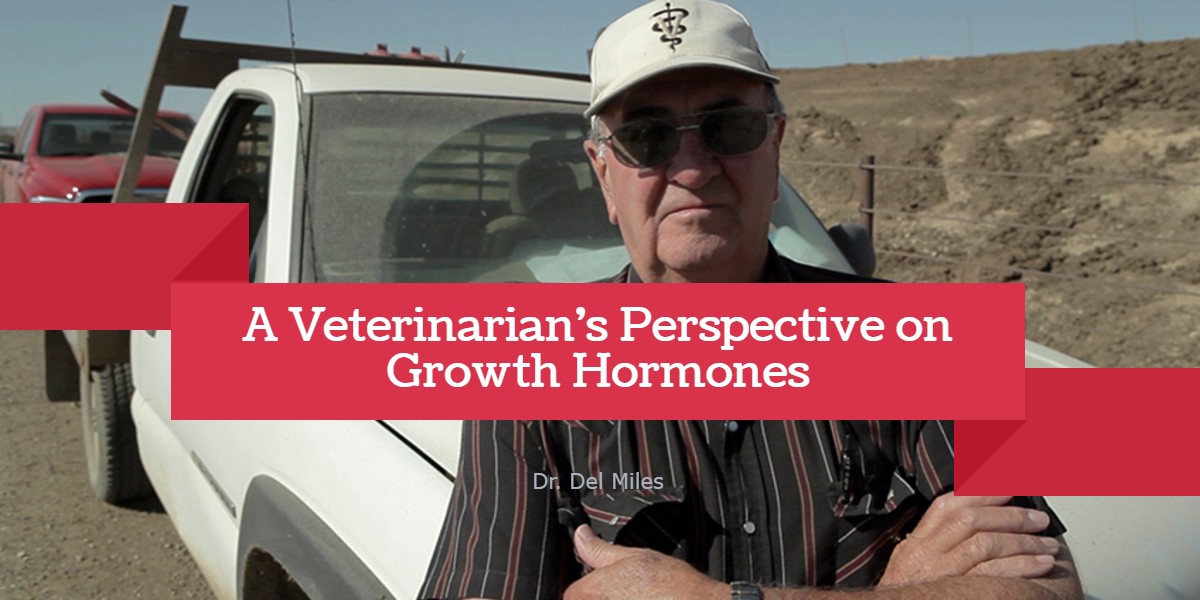
Dr. Del Miles has made a career traveling from feed yard to feed yard, in the sweltering summer heat and subzero winter temperatures, from the Great Plains to the Pacific Northwest. Dr. Miles’s animal care expertise, built on early beginnings in feedlot management and early hours with cowboys and veterinarians alike, has made him one of the most respected minds in the beef industry.
So it might surprise you to hear a leading animal expert say that raising fewer cattle is better for our industry, especially when the demand for high-quality beef is as strong as ever. You also might not connect growth hormones with sustainability. But when your work attire is cowboy boots, you share your office with thousands of heads of cattle and your veterinary practice spans three decades, it is a natural conclusion.
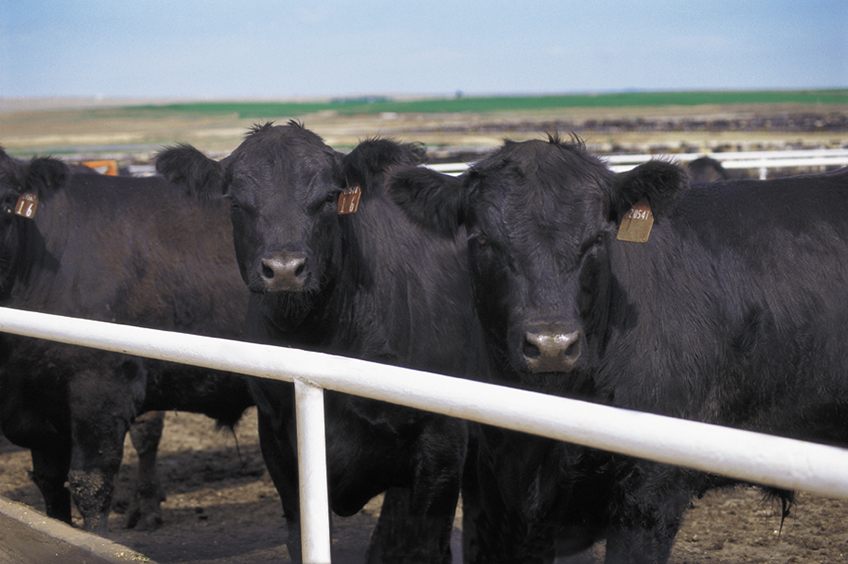
“If we’re able to produce more beef from each animal, the effects are significant,” notes Dr. Miles. “Better overall beef production means reduced greenhouse gasses, less waste, significantly less feed and fewer resources needed to raise and process cattle. Growth hormones help aid this process.”
While the cattle in our niche Snake River Farms American Wagyu program never receive a hormone implant, we use three types of hormones in our traditional beef programs, under the guidance of Dr. Miles. Each has the same intent – to help cattle divert energy normally applied to producing fat into producing protein. More protein translates into leaner beef and more beef overall per animal, which allows us to reduce environmental impacts and be more efficient throughout the beef lifecycle, from feed to processing.
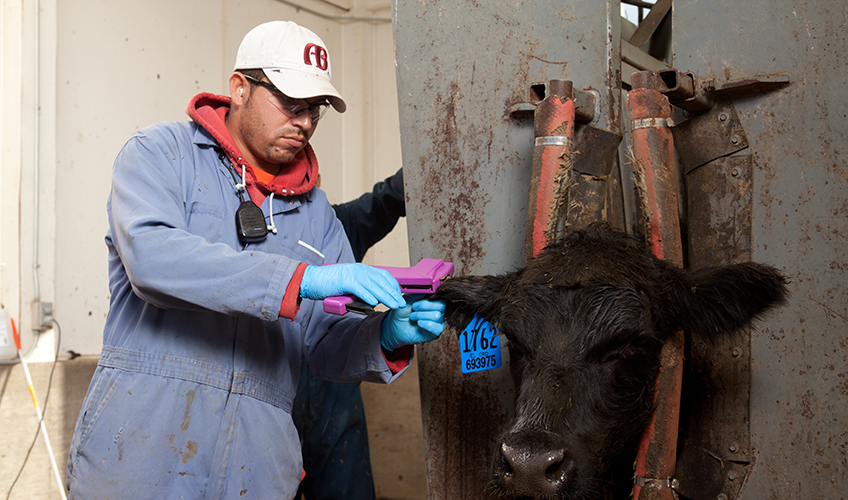
Two of the hormones we use – estrogen and testosterone – are naturally occurring. The third in our program is trenbolone acetate (TBA), which comes under different brand names and mimics the effects of testosterone. Anything we use has undergone years of scientific testing by the Food and Drug Administration (FDA) via its Center for Veterinary Medicine (CVM). The CVM also provides very specific guidelines on the dosage and how to administer the implant, which we follow and Dr. Miles oversees as part of our program.
Our Process
We implant the hormone pellet into the ear of each beef animal. (as detailed by the CVM). This placement is less invasive for the animal and helps ensure the implant doesn’t enter the food chain during processing. Some implants are effective for 60 to 80 days, and some can last up to 200 days. Cattle are randomly tested for hormone levels at the packing plant to ensure compliance with all federal regulations.
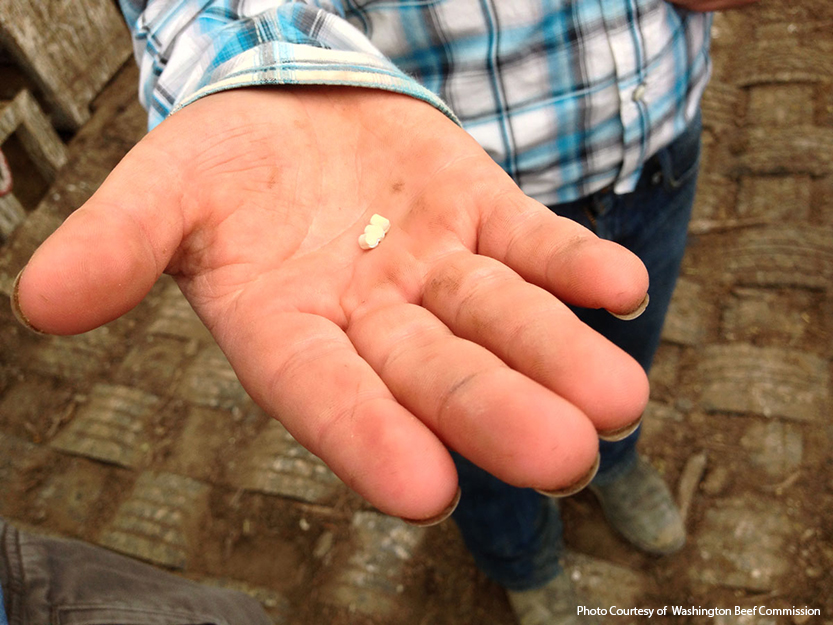
Layers of oversight
In the United States, the safety of growth hormones, both for cattle and consumer, are enforced by multiple government agencies and several layers of requirements. Before any growth promoting product is approved, it is required to go through a comprehensive scientific review process conducted by the CVM, focused on ensuring animal health and human food safety. Products are then re-evaluated annually and only remain in the marketplace if continually proven safe. To date, more than 500 different studies have been conducted on growth promoting products and submitted as part of this thorough approval process.
Additionally, beef processing facilities are required by the government to address any potential chemical concerns, including hormone residues. The Food Safety and Inspection Service (FSIS) regularly tests for residues that exceed FDA standards at facilities and has done so for 50 years with a small percentage of violations reported.
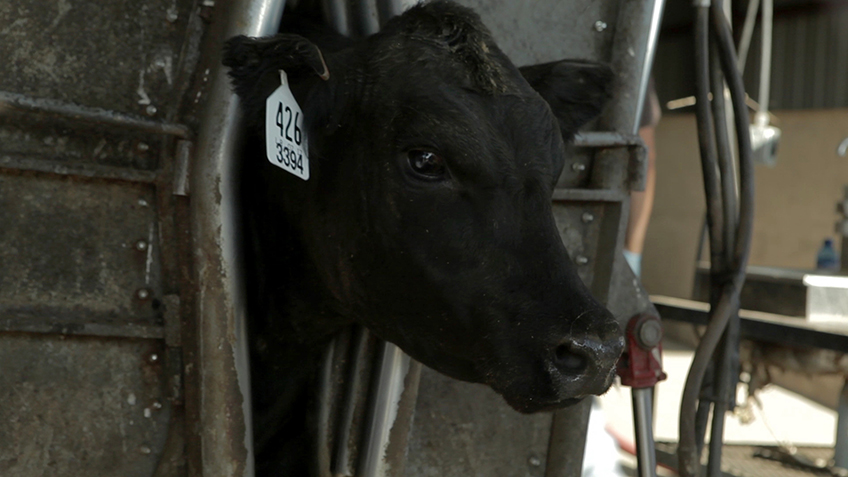
Throughout our business, we strive to make thoughtful choices led by research and third party experts including Dr. Miles, which we apply throughout the beef lifecycle. Growth hormones are no different. We recognize our role as both stewards of animals and the environment, as well as contributors to the food supply. This is why we regularly evaluate our programs and seek outside expertise to learn and evolve.
The decisions we make for our business reflect what we choose for friends and family, including managing our resources more sustainably.
As Dr. Miles notes, “it’s not purely economics, it is also good for the environment.”

Tagged as: Cattle Feeding Ranching Animal Well-Being Livestock Sustainability